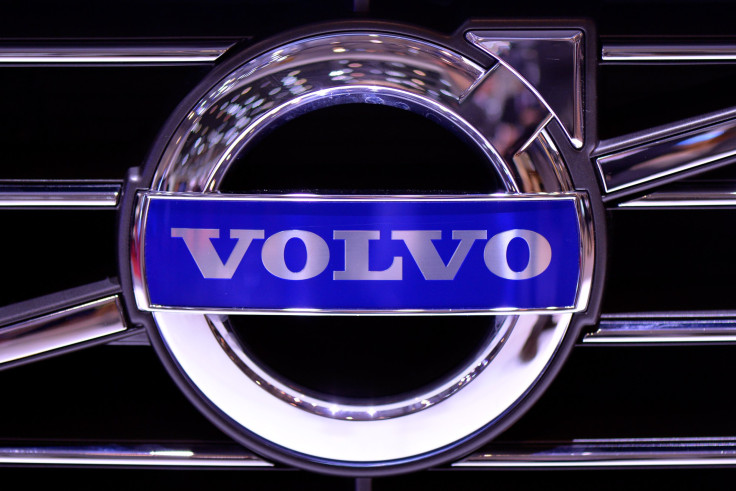Volvo To Start Selling Chinese-Made Cars In US This Year: Executives

BEIJING (Reuters) - Volvo Car Group plans to export a Chinese-made midsize sedan this year to the United States, and is starting to weigh the possibility of building a vehicle factory in the United States, people familiar with the Chinese-owned automaker’s plans said.
Both moves would be significant for the auto industry and Volvo’s parent, Zhejiang Geely Holding Group Co. So far, global automakers have chosen not to ship vehicles made in China to the U.S. market in any significant numbers, and efforts by Chinese automakers to export vehicles to the United States have foundered.
Volvo is also behind rivals BMW and Mercedes in establishing production in the United States, which insulates the German brands from currency fluctuations.
Volvo might also export a large "strategic, flagship" sedan based on a newly developed underpinning technology, said the executives, who work for Zhejiang Geely. That car would be shipped out of China in addition to the Volvo S60L, a long wheelbase version of the S60 sedan Volvo began producing in the southwestern China city of Chengdu more than a year ago.
The moves are aimed at reviving Volvo’s momentum in the U.S. market where volume last year fell 8 percent from 2013 to 56,371 vehicles. The U.S. market, which has long been Volvo’s largest market, was replaced by China last year. China bought 81,221 Volvos in 2014, up 33 percent.
More broadly, the moves are part of Geely’s turnaround strategy for Volvo which has struggled to go beyond being a brand with an annual volume of less than a half-million vehicles. Thanks to its focus on China where the brand expanded its distribution network and product portfolio, Volvo sales volume is on the rise. It sold a total of 465,866 vehicles globally last year, up 9 percent from 2013.
LONG-STANDING GOAL
"The S60L offers class-leading rear space, something that has been consistently demanded by U.S. customers. It will be made at Volvo’s plant in Chengdu, China, and will be on show for the first time at this year’s North American International Auto Show in Detroit,” said David Ibison, a Gothenburg, Sweden-based Volvo spokesman. “The S60L forms just one part of our U.S. revival plan.”
Ibison said Volvo plans to launch seven new products by 2018 and increase U.S. sales to around 100,000 cars a year in the medium term. He declined to elaborate.
Exporting Chinese-produced mainstream passenger cars to the United States and other advanced auto markets has been a long-standing goal of China’s indigenous automakers – an objective that has largely eluded the industry.
"It would be a big breakthrough" not just for Geely but for China’s industry, said James Chao, Asia-Pacific director of consulting and research firm IHS Automotive.
"Volvo is not an indigenous Chinese brand but it is wholly Chinese-owned. Perhaps this is the model or strategy that finally works for Chinese companies trying to enter the U.S. market and other markets."
Chao added Volvo’s owner, Geely, could follow Volvo into the U.S. market with its own products, perhaps leveraging Volvo’s manufacturing and parts supply chains.
Geely's purchase of Volvo from Ford Motor Co
The S60L was developed originally as a China-specific model to cater to wealthy Chinese consumers who prefer cars with bigger, comfortable rear seats because many of these owners have chauffeurs. Volvo expects to ship roughly 1,500 made-in-China S60L cars to the United States this year, compared with the car’s projected volume in China this year of 26,000.
The additional car Volvo plans to export to the United States, those executives said, is a flagship large sedan that might be called the S90 which uses Volvo’s new vehicle underpinning technology called "scalable platform architecture" or SPA. The S90 will be a second vehicle based on that new architecture, following the redesigned XC90 sport utility vehicle based on the same technology.
Volvo announced in late 2013 that it would produce “a large premium sedan” based on SPA at a new plant in the northeastern Chinese city of Daqing. At Daqing, Volvo began producing in September last year the XC Classic, the previous generation of the redesigned XC90.
(Editing by Joe White and Matthew Lewis)
© Copyright Thomson Reuters 2024. All rights reserved.




















